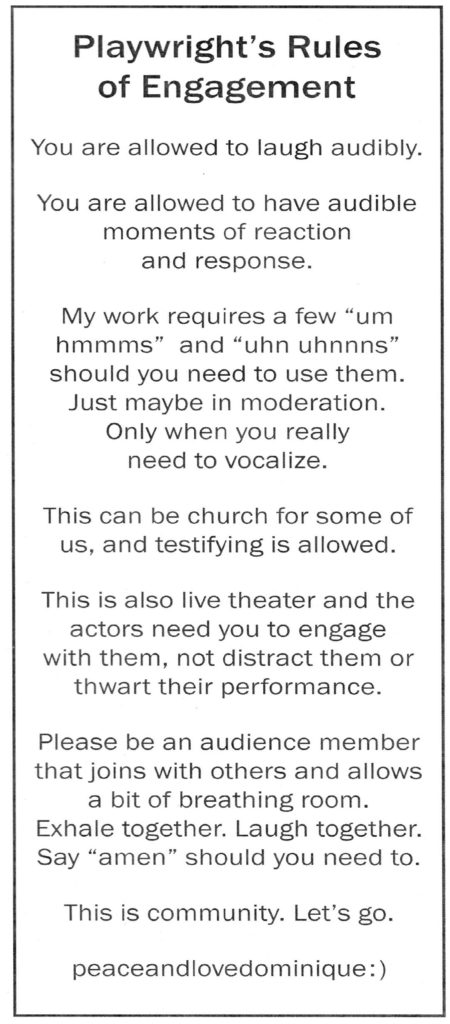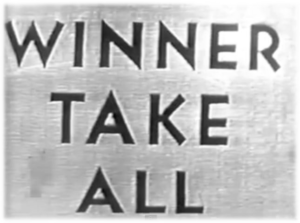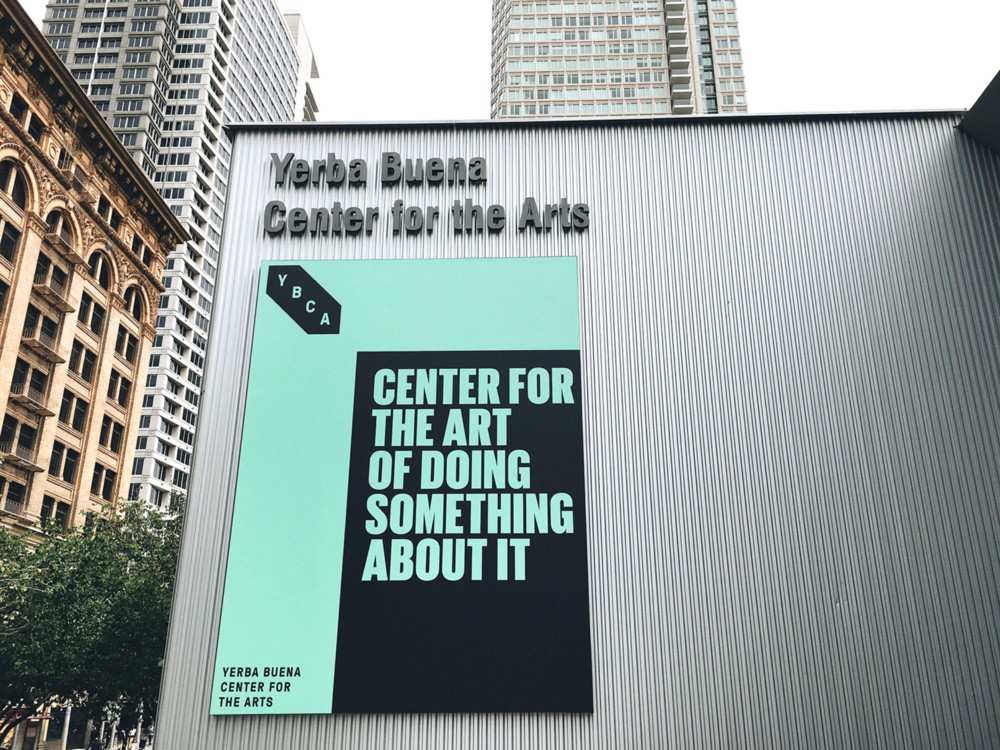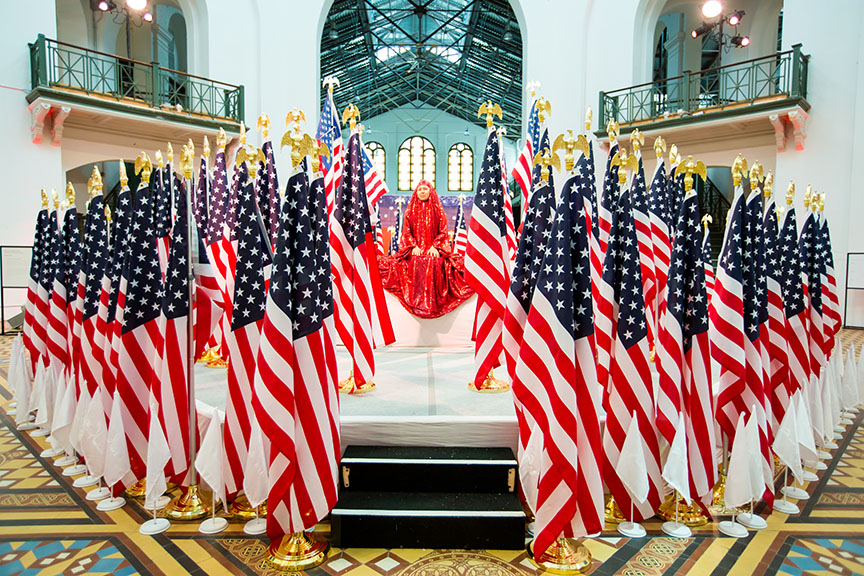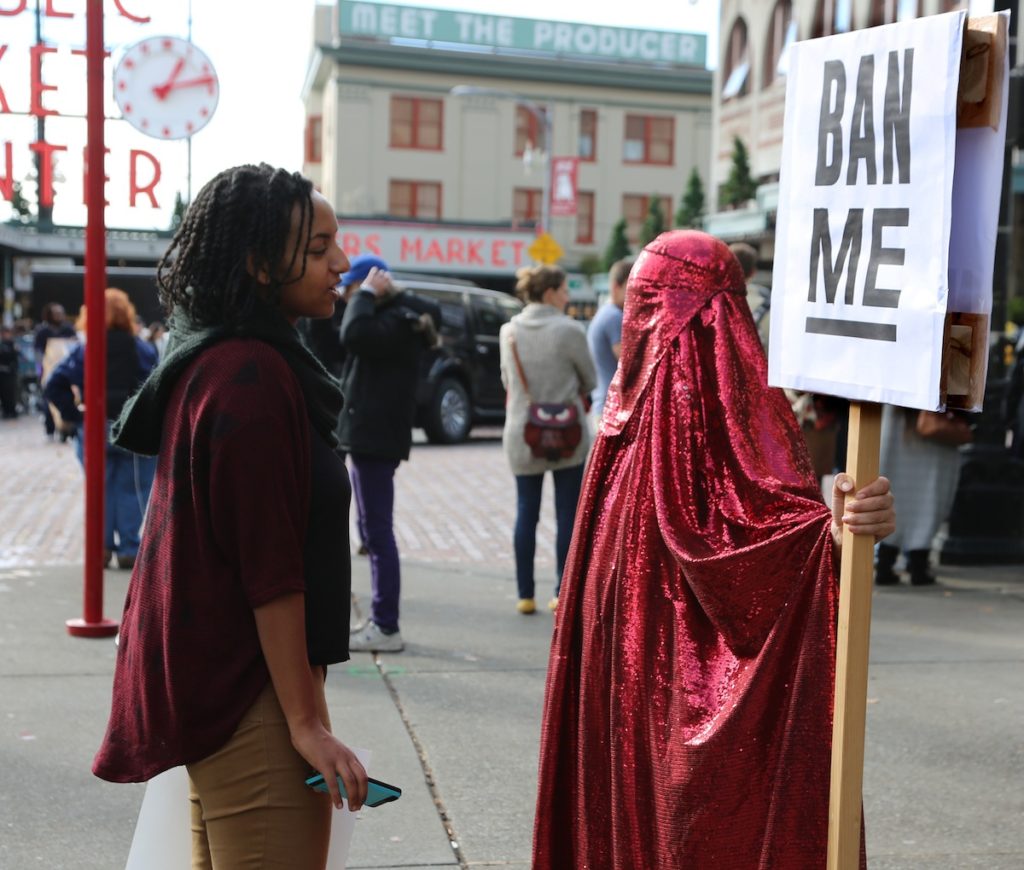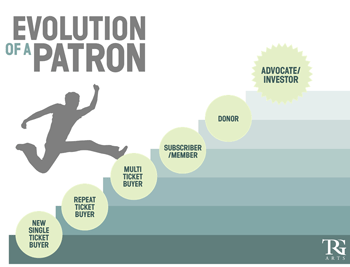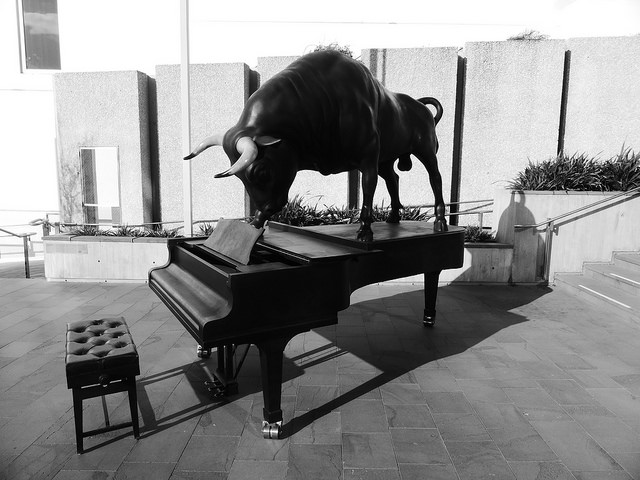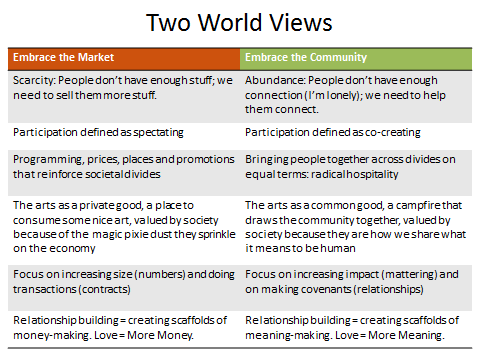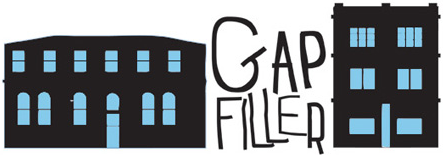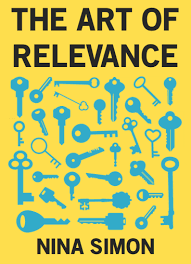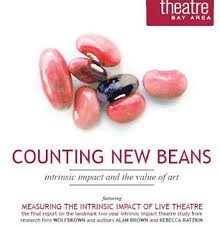 I’ve recently starting working as an assistant professor and program director for a new MA in Arts Management and Entrepreneurship (MA AME) at The New School. If you don’t know it, The New School is a progressive university based in New York City. Social justice is a core value of the institution and it ranks quite high on various dimensions of diversity. The MA AME is distinguished from other MA in arts management or administration programs in that it is intended for practicing performing artists only. When they apply, students are evaluated based on their artistic portfolios as much as their social goals or propensity for entrepreneurship; and while in the program students are required to maintain their artistic practice (and receive credit for this).
I’ve recently starting working as an assistant professor and program director for a new MA in Arts Management and Entrepreneurship (MA AME) at The New School. If you don’t know it, The New School is a progressive university based in New York City. Social justice is a core value of the institution and it ranks quite high on various dimensions of diversity. The MA AME is distinguished from other MA in arts management or administration programs in that it is intended for practicing performing artists only. When they apply, students are evaluated based on their artistic portfolios as much as their social goals or propensity for entrepreneurship; and while in the program students are required to maintain their artistic practice (and receive credit for this).
One of the things we tend to say about the program is that it is aimed at putting artists in the driver’s seat, so to speak, of their careers, the projects they develop, and the enterprises they found. I have been thinking about this programmatic aim in light of a recent experience seeing the play Pipeline at Lincoln Center Theater and last week’s announcement of its author, playwright Dominique Morisseau, as recipient of one of the Ford Foundation Fellowships for Social Change in the Arts.
While it is Ms. Morisseau’s powerful scripts that have, no doubt, earned her a spot on this prestigious list, I am equally interested in another area in which I see her as an agent of social change: Morisseau has made it her business to call out the cultural and racial biases embedded in taken-for-granted notions of what constitutes appropriate behavior at the theater.
To wit, in December 2015 Morisseau penned a candid, courageous, and unabashed article for American Theatre magazine called “Why I almost slapped a fellow theatre patron, and what that says about our theatres.†In it, she recounts a troubling experience at a theater performance–one in which she is confronted with a series of race-based microaggressions. Perhaps as a result of experiences like these, Morisseau created a program insert called Rules of Engagement for Lincoln Center Theater’s recent production of her play, Pipeline.
I attended Pipeline in the late summer. The play revolves around a young black man, who is facing challenges at the (almost entirely white) private boarding school that he attends, whose parents are divorced, and whose mom teaches in an inner city high school in New York City. As critic Jeremy Gerard noted in his review, the play’s title:
… refers to two different kinds of institutionalized segregation. In the first, “gifted and talented†students are culled from the public-school crowd and given accelerated classroom experiences. The second refers to the schools-to-prison syndrome that plagues poor, mostly inner-city, and mostly African-American families.
It’s perhaps worth mentioning at this point in the story that I had purchased discounted tickets for the show, as a member of Theatre Development Fund, for myself and a friend.
I didn’t actually notice Morisseau’s Rules of Engagement insert as I arrived at the theater just before curtain. What I did notice as I sat down was that my friend and I were the only two white people in the entire house right section, which was filled with black adults (young and old). And vice versa, after settling into our seats, we glanced around the room and saw a three-quarters sea of predominately white people. I gathered from the Q&A that among those seated in my section were some high school or college students attending with their teacher or professor. Whether the result of an ill-conceived seating policy (or the lack of any policy at all), the failure to integrate the recipients of “outreach” or “discount” tickets with the rest of the audience struck me as an embarrassing and serious gaffe–particularly given the themes of the play.
The show started and the students in our section appeared to be quite engaged: they were leaning forward, laughing, occasionally vocalizing, or snapping. At the end of the program there was a Q&A and all of the actors came out to participate. A majority of questions came from a small group of students seated in my section of the theater. At one point a student asked (and I’m paraphrasing):
So, is there a subtext to this play? Or is it essentially about “the pipeline� I mean, is there another subtext besides the pipeline you are all playing as actors? I ask because I’m studying acting now and we’re talking a lot about subtext.
I thought it was great question given the socio-political nature of the piece. There was a long silence and then a black actor*** responded (and I’m paraphrasing from memory):
I am going to put that question aside for a moment. I want to say something else because backstage we were all talking about this. It was incredibly challenging for us tonight because of all the snapping that you all were doing. I don’t know if you noticed the scene in which I looked at all of you like (and here the actor looked at the students with a raised eyebrow), but it was really distracting. And one person would start snapping and then someone somewhere else would start snapping. The playwright has given us her Rules of Engagement. You need to understand that we could hear you and that your behavior was incredibly distracting. And I’m here to tell you, there is no snapping in the theater! That does not happen.
I sat there a bit in shock. Remember, I had not opened my program. I had not seen the Rules of Engagement insert.
My first thought was: “Wait! This play opened with an actor speaking to the audience as though they were the students in her classroom. The fourth wall was broken by the production itself; and now the students are being chastised for, essentially, going with the convention???” I then became perturbed at the cultural implications. I turned to my friend and whispered heatedly, “How is snapping in the middle of a scene any different than people clapping when a star walks on stage?â€
I had no idea what “rules of engagement” the actor was referencing; but in the context of the finger-wagging I began to think they must have been some sort of “rules of etiquette†that had been passed out to all the school groups. I felt sad for the American theater as it had just reprimanded one of the more engaged audiences I had witnessed in a long time. I left the Q&A shortly thereafter.
I got home and found Morisseau’s Rules of Engagement in my program. Reading this list one is immediately struck by the generous (and perhaps conflicted) spirit and aims of the piece.
On the one hand, the piece is clearly intended to invite (or protect the possibility of) more engaged participation by audience members. And on the other hand, Morisseau is also clearly trying to safeguard the actors from being obstructed by unruly behavior. Testifying is allowed but not so much that it is thwarting to the actors. As such, I immediately wondered whether or not she would agree with what had happened at the Q&A? Whether she would be more sympathetic with the actors, or the students?
This etiquette issue can be a hot-button topic for those who work or regularly attend live performance. In 2016 I moderated a rather feisty debate at the International Society for the Performing Arts on the question: Is there a correct behavior in a live performing arts venue? The debate was exploring whether, in the face of dramatic cultural, technological and demographic changes, the general rules of etiquette and other behaviors that are taken for granted at live performing arts venues also needed to change? Or whether there was still value in maintaining audience-performer conventions, most notably the expectation of reverent silence? At the heart of the debate was the growing recognition that historically white institutions have made it a policy to “open their doors to everyone” but have quite often been unwilling to allow the etiquette at the theater to evolve in light of the changing demographics of their communities (and therefore audiences).
As I continued mulling on the Pipeline experience I began to see another side. The actor was not incorrect. By-and-large, let’s face it, snapping is (still) not condoned by the institutionalized American theater. And if the actor wanted these students to be welcomed in historically white theaters in the future this finger wagging may have been an attempt to do them a favor by setting them straight.
I showed the program insert to a friend and relayed my experience. In response he asked, “I wonder how and when this insert emerged in the production process?â€
It is a great question.
I interpret Morisseau’s Rules of Engagement as an attempt by an artist to be in the driver’s seat. By giving explicit permission for audiences to engage in certain culturally specific behaviors, Morisseau poked and prodded at longstanding, taken-for-granted norms about what is and isn’t appropriate at Lincoln Center, or other regional theaters generally run by and generally serving a white, educated, upper middle class crowd. In an interview for TheaterMania, Morisseau is described as taking “a breath when describing the pamphlet” and then saying:
My shows that have been programmed at theaters across the country have predominantly white audiences in their subscriber base. I have seen the sprinkle of audience members of color who have a conflict of engagement with those white audiences. Or maybe, those white audiences have a conflict of engagement with those audiences of color. There are moments I’ve noticed, repeatedly, where the people of color think they are guests in the space. They hush as though they’ve broken the rule of the space, instead of engaging with my work the way I think my work demands, which is with a little bit of an audible response. … What I’ve asked for is space for the community to respond to my work.
There is another recent, and quite high profile, example of a playwright seeking to influence how audiences can respond to his work–but with a financial penalty rather than an insert. This past summer playwright David Mamet (Oleanna, Speed-the-Plow, Glengarry Glen Ross, and many others) had the theater world up in arms because, as this Guardian article states, “the licence to stage a Mamet play now includes a clause that prevents producers from staging official debates within two hours of a performance. Any violation risks the loss of the licence and a fine of $25,000 for every post-show talk.”
While some interpreted this as short-sighted, diva behavior I found myself wondering if this didn’t arise from Mamet (who has made a public conversion from liberalism to conservatism) seeing his plays interpreted through a predominately liberal institutional lens at post-show talkbacks? Theaters are up-in-arms because they feel they should have a right to foster public discussion. Mamet evidently wants audience members to have the chance to make up their own minds about the work. It would be great to see an actual debate between some writers and some theater producers on this issue. Anecdotally, it seems that many playwrights abhor the post-show talk-back trend but are disinclined to say so publicly.
Returning to Pipeline, I would love to know how other performances went and how various audiences, Morisseau, the actors, and the theater felt about the insert and its effects. Ultimately, while I sympathize with the actors who evidently felt distracted by the snapping the night I saw the play, I remain troubled by the fact that these students were called out publicly for their behavior at the Q&A. That they were chastised even while holding a slip of paper in their hands–from the playwright–whose subtext, spirit and intent, seemed to be: “It’s OK. Snap. Say Amen. Be in the moment with this play rather than sitting and worrying about whether you are doing the right thing or the wrong thing in this theater filled with white, upper middle class people. You belong here.”
*** The word “actor” is used to refer to female or male performers.
[contextly_auto_sidebar]

